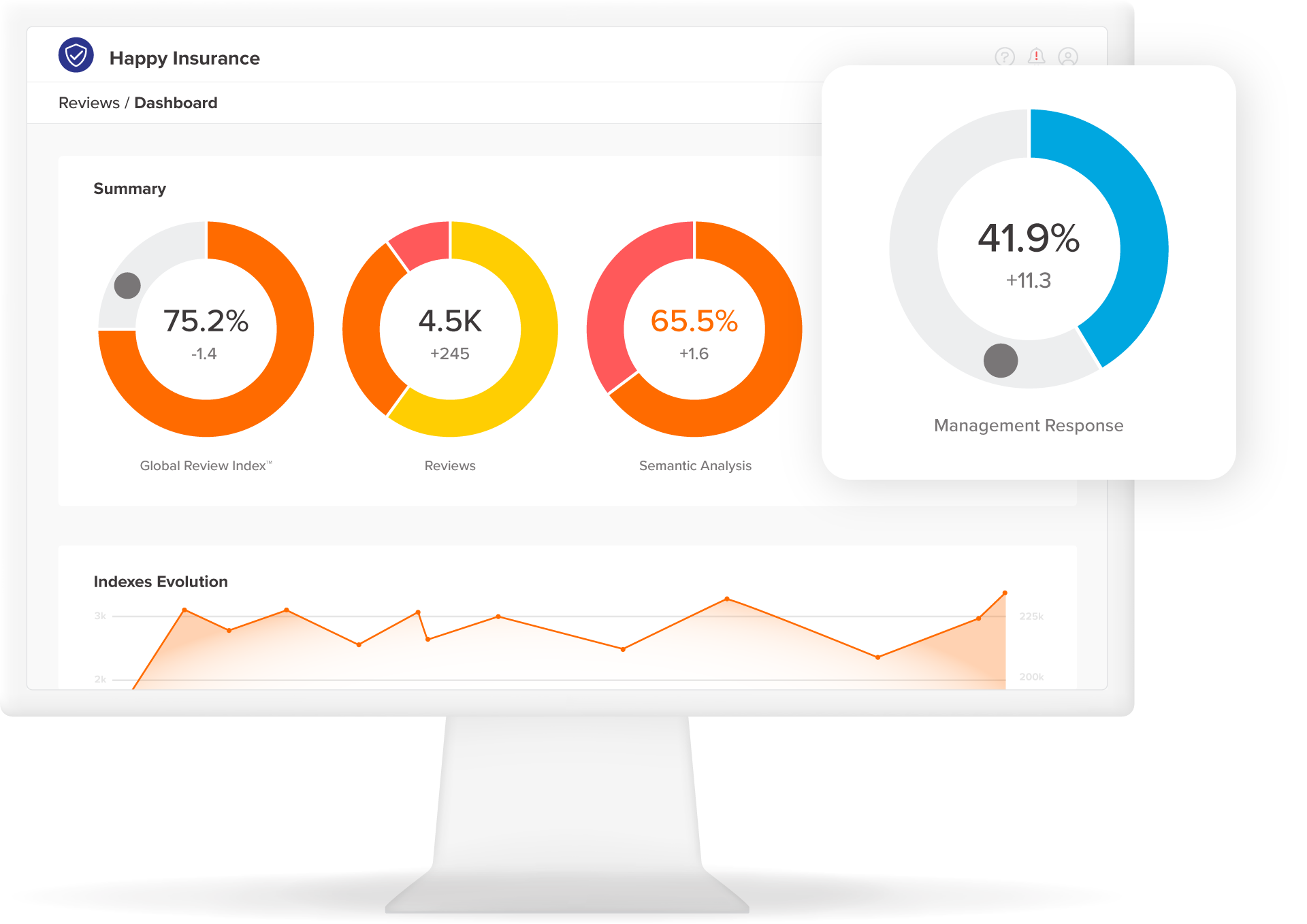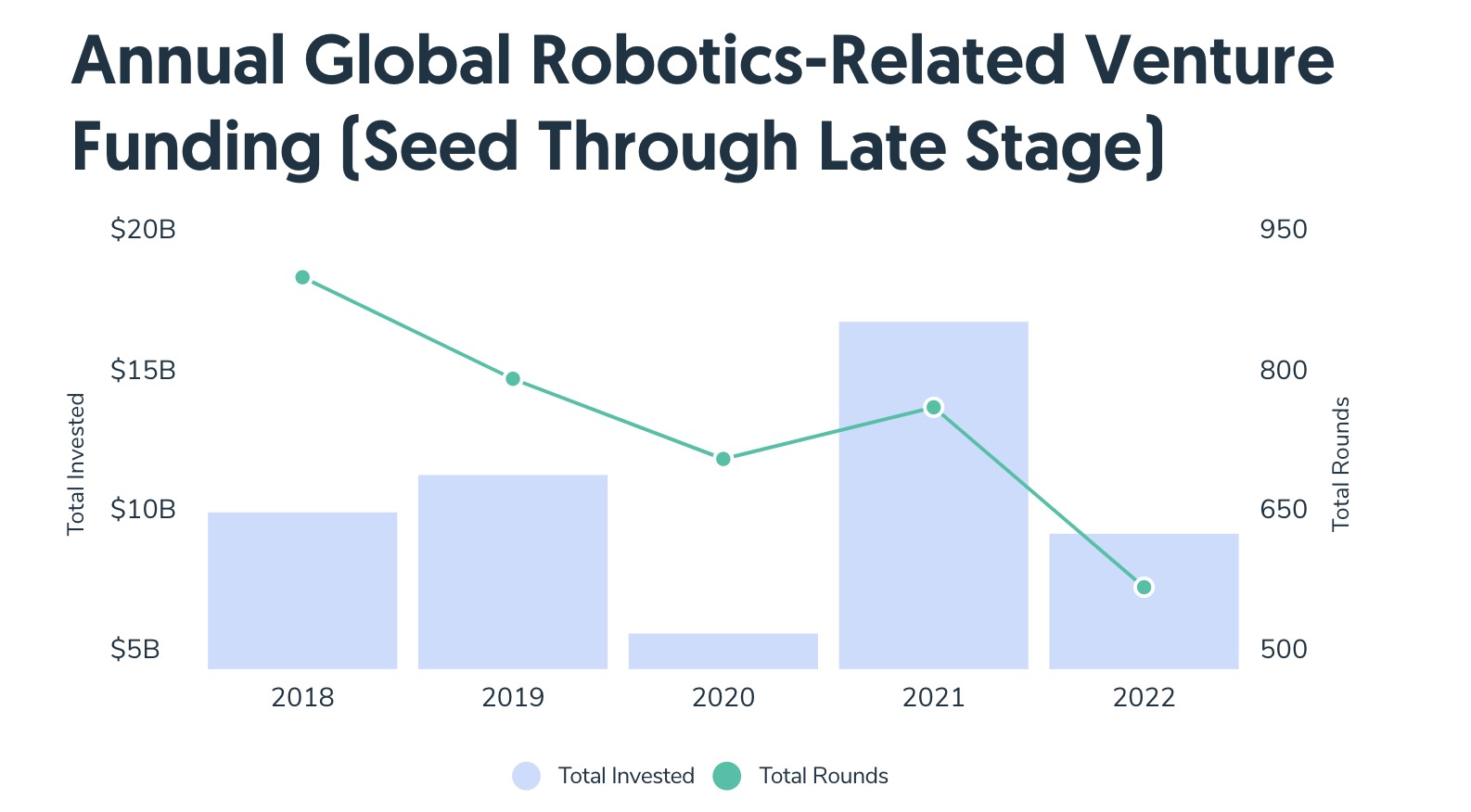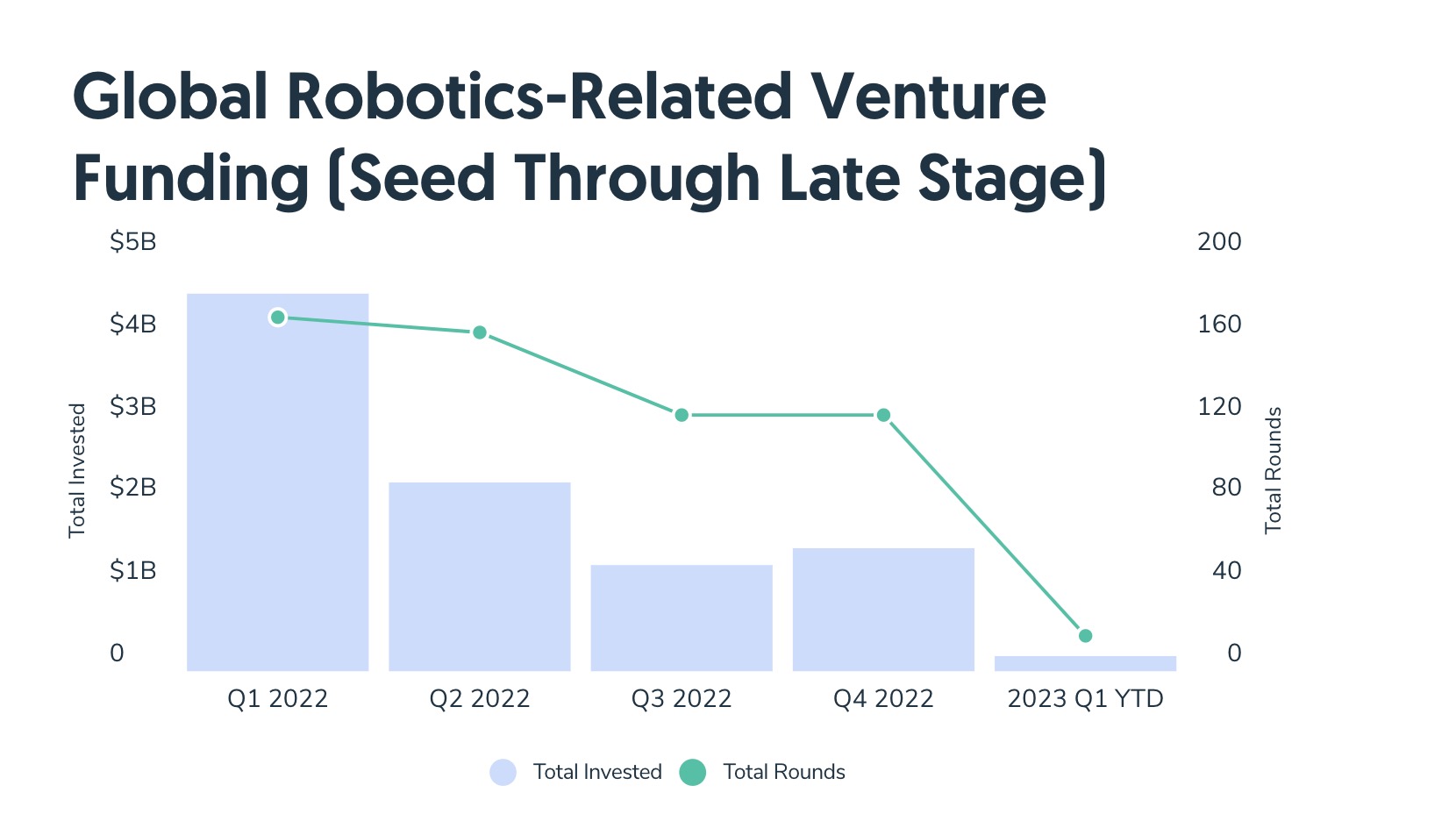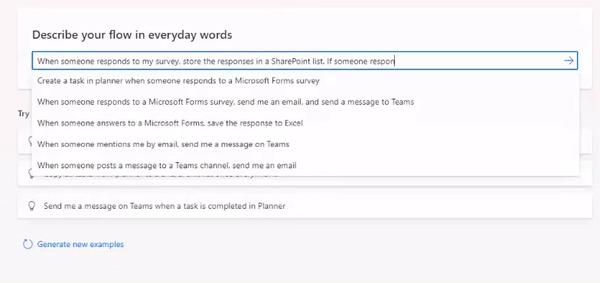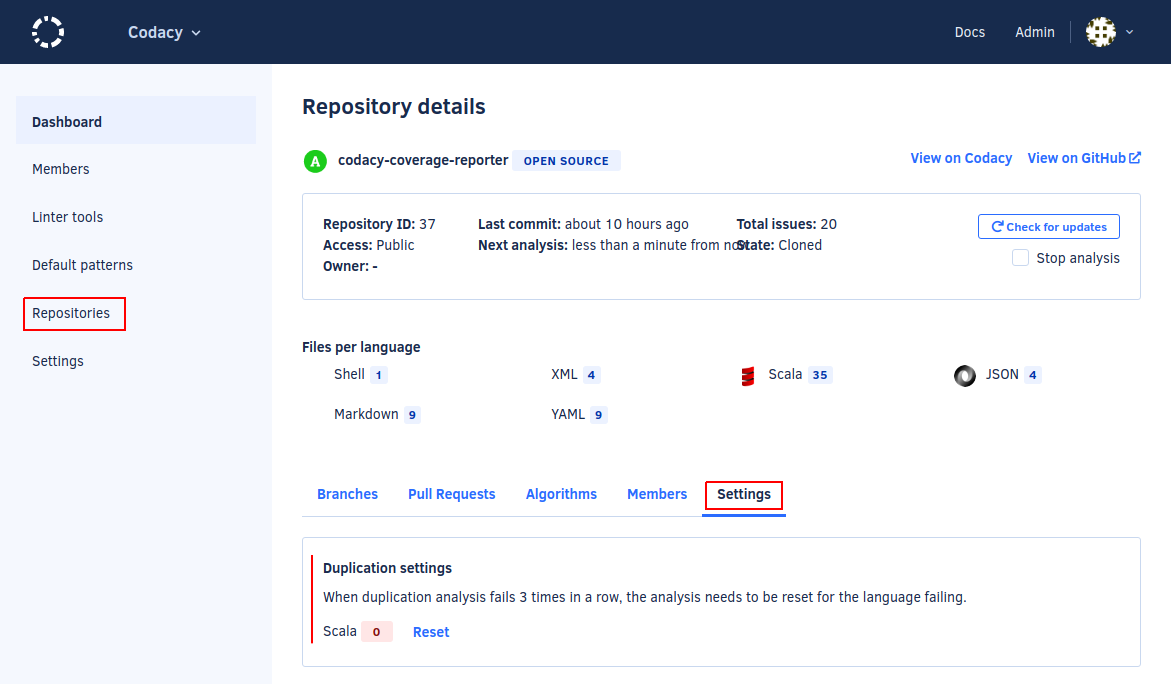Isaac Heller and Amir Boldo spent over ten years in finance across private equity-backed and pre-IPO companies. At these firms, they dealt with CFOs who wanted to save money by consolidating manual processes and reducing the cost of audits — in part by modernizing their sprawling software tooling.
It’s their experiences with CFOs that led Heller and Boldo to co-found Trullion, an accounting software platform that connects corporate controllers, CFOs and external auditors on a single platform, offering a unified source of truth for financial leaders — if the sales pitch is to be believed, at least.
“Trullion is and always has been an application layer software-as-a-service platform, leveraging open source AI libraries while building proprietary processing to unlock these accounting data sets and libraries,” Heller, Trullion’s CEO, told TechCrunch in an email interview. “CFOs can save significant money by consolidating manual processes and reducing cost of audit. Auditors, meanwhile, can modernize their toolset and reduce significant labor costs and error rate.”
There’s a strong desire to modernize in accounting, it seems. An IBM poll names accounts payable as one of the most automatable business processes, but a whopping 38% of those responding say that their teams spend more than 25% of their total time on manual tasks. In large finance teams — for example, those with more than 25 members — the number is even higher, at 44%. And for a sizable minority (11%), manual tasks take up more than half of their team’s time.
Trullion — which offers an array of lease accounting, “revenue recognition,” and audit automation tools — can extract data from lease contracts algorithmically, generating “audit-ready” reports for financial stakeholders. The platform also connects and manages customer relationship management software and billing and contract data, providing a dashboard with data sources in one place.
Beyond this, Trullion lets customers set product and pricing accounting strategies with automated workflows, which include preset revenue recognition rules. Managers can generate revenue forecasts or a full audit log and deliver ad hoc portal access to auditors.
“Trullion ingests structured and unstructured data and automates corporate accounting workflows based on generally accepted accounting principles and international financial reporting standards rules,” Heller went on to explain. “The current ecosystem is static enterprise resource platform databases (e.g., Oracle, SAP) and service-oriented auditors. Trullion is a pioneer in the early wave of AI-powered accounting platforms.”
Is Trullion truly a pioneer? That’s up for debate.
Rivals in the AI-powered accounting software space include Docyt, which has raised $1.5 million for its platform focused on collecting financial data, digitizing receipts, and performing categorization and reconciliation. Vic.ai — a startup that closed a $52 million tranche late last December — offers software to automate common accounting processes. There’s also Roger, a well-funded accounting automation module used to automate financial processes such as paying bills, doing approvals, scanning receipts, ensuring compliance and bookkeeping.
But to its credit, Trullion has substantial venture backing behind it, having raised $15 million from its initial Series A round led by Third Point. Today, the company secured an additional $15 million in a round led by StepStone Group with participation from Aleph, Third Point and Greycroft.
In a press release, aStepStone group partner said: “It’s a great company at a critical time in the accounting world. We believe this is the right time to get on board. The financial industry needs powerful, cost-effective technology that can automate critical processes and minimize risk. Companies are also discovering that AI and accounting automation [are] essential to keeping up with financial standards.”
There’s truth to that. According to a March survey by Intuit, 48% of accountants plan to invest in automation tools and AI over the next 12 months. Another, separate recent report found that 59% of small businesses — perhaps optimistically — don’t think that they’ll need an accountant in 10 years’ time thanks to automation.
Labor-saving potential aside, startups in the accounting automation space have done quite well in terms of attracting venture investment over the past several years. As per PitchBook (via the Wall Street Journal), AI-powered accounting software firms amassed $233.3 million in venture capital between January 2022 and the end of March 2022, surpassing the $210.2 million in funding for all of 2021.
Heller claims that Trullion has over 1,000 customers and 5,000 users.
Trullion, based in New York and founded in 2020, has raised $33.5 million to date. Heller says that the plan is to grow the workforce from around 50 people to over 80 by the end of the year.
Accounting automation startup Trullion lands $15M investment by Kyle Wiggers originally published on TechCrunch

